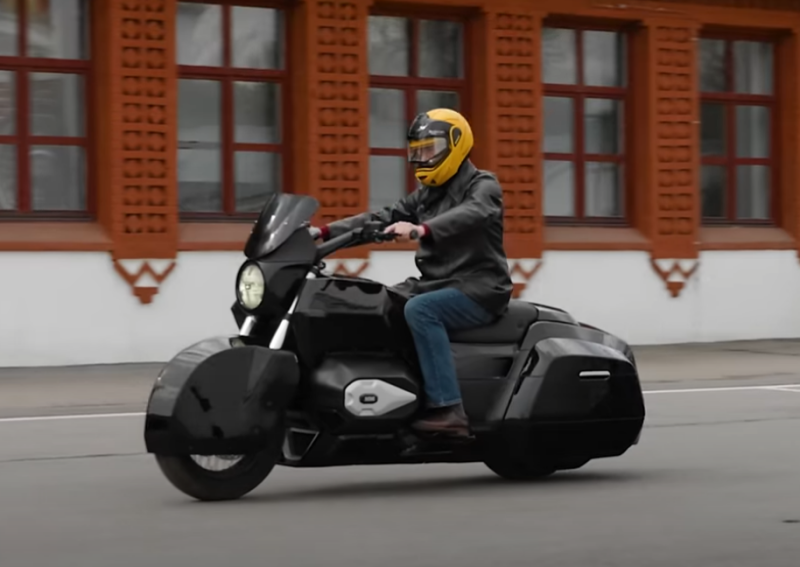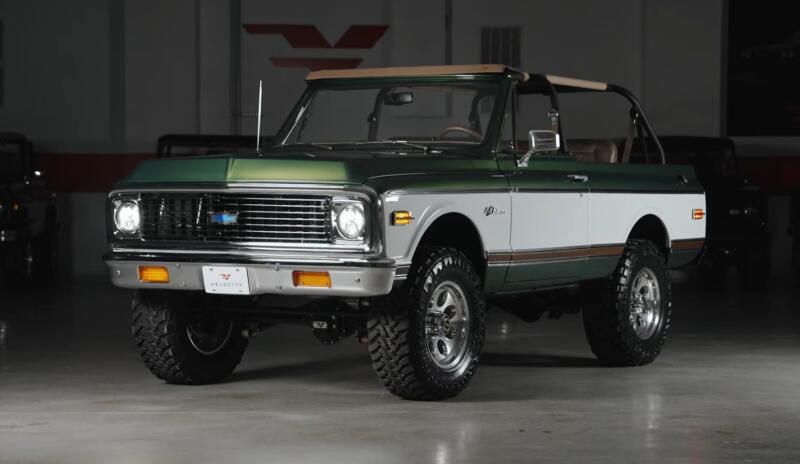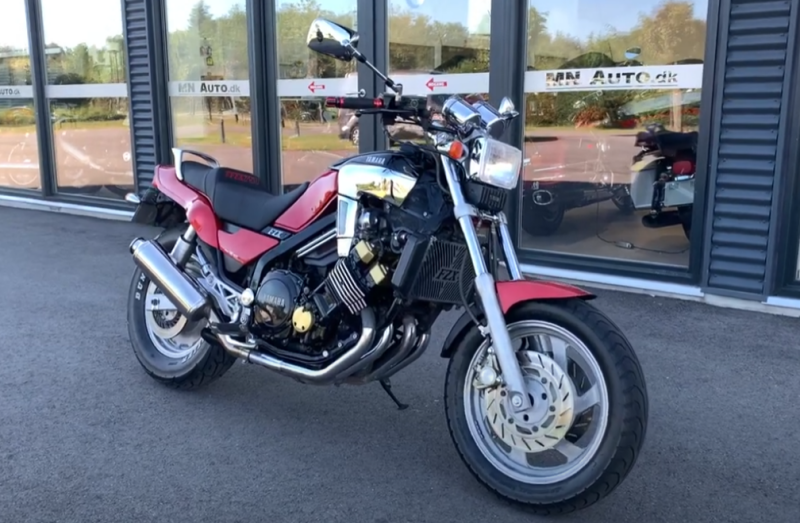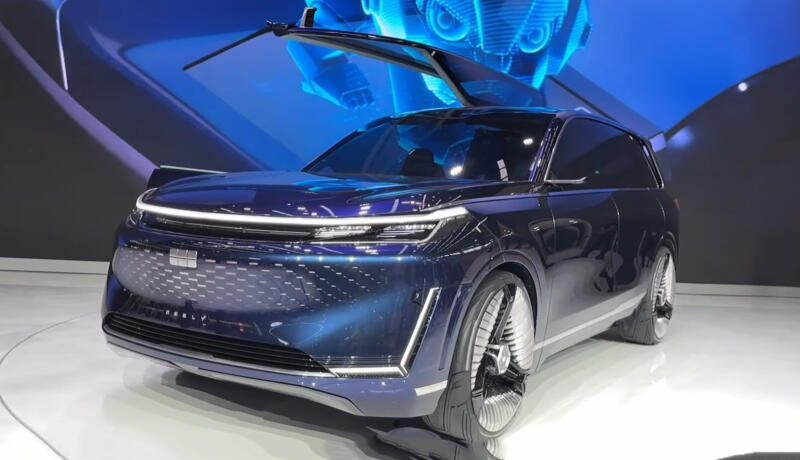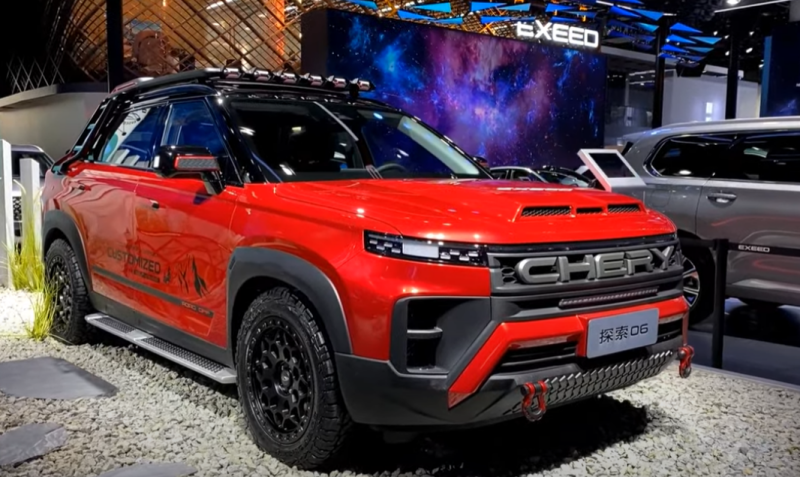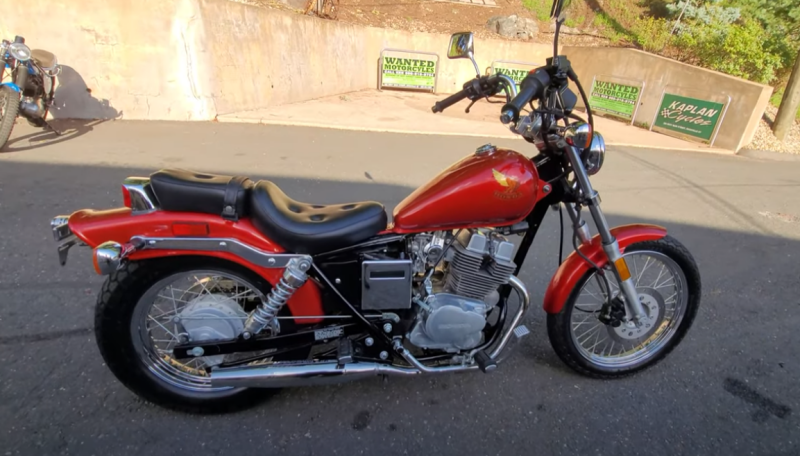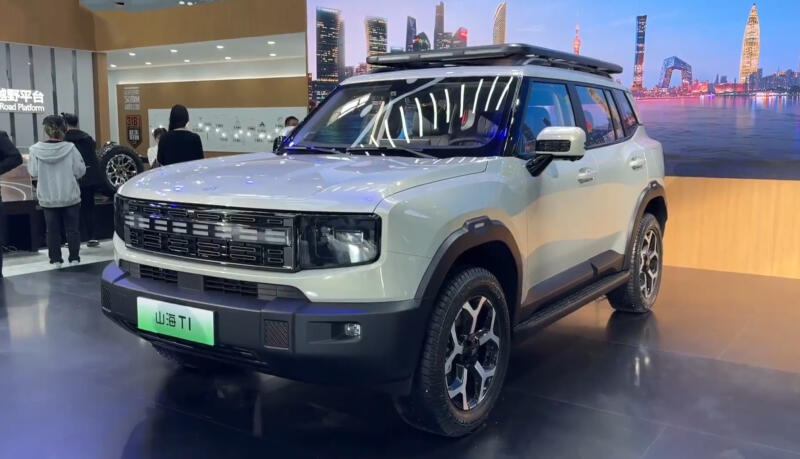The main manufacturers of machines of this type were GAZ and ZIS / ZIL. It is interesting that these enterprises seemed to produce trucks of the same class, but at the Gorky Plant they were lighter. This is how it happened historically.
The economy and the national economy required lifting models from automakers. This is beneficial - why drive drivers several times, if you can transport more? Or for the same eight-hour shift to make one and a half norms.
 The most popular truck of the 60s is the GAZ-51. Photo: Youtube.com
The most popular truck of the 60s is the GAZ-51. Photo: Youtube.comThe flagships of the domestic auto industry had to deal with the release of new, more cost-effective models. As a result, the Gorky plant created a whole line of trucks. The most obscure of them was the GAZ-33. Unfortunately, this model never became serial. "Thank you" for this you need ZIL-133.
History
In the first half of the 60s, GAZ and ZIL worked closely with each other, which did not prevent them from competing. This is a matter of professionalism and design pride - to prove that your company is better. Moreover, not only the leading cadres and engineers were concerned, but also ordinary workers.
The main "civilian" GAZ trucks in the first half of the 60s are models with indices:
✅ 51
✅ 52
✅ 53
The main competitor at that time had a ZIL-130. This car surpassed the cars of the Gorky Plant in terms of carrying capacity - 5-6 tons versus 4 for the GAZ-53A.
 GAZ-53 was chosen as the base. Photo: Youtube.com
GAZ-53 was chosen as the base. Photo: Youtube.comAfter the proposal "from above" to develop heavier models, the designers enthusiastically set about new projects. The Gorky engineers took an interesting path. Taking the GAZ-53 as a basis, they decided to increase the carrying capacity. This was achieved through a global rethinking of the design and the addition of an additional axle at the rear, and not rolling.
The result was a car with a 6x4 wheel formula and a carrying capacity of 7 tons. It was called GAZ-33. The Gorky plant expected to launch the model into mass production as soon as possible. Therefore, 7 experimental trucks were soon ready.
By 1968 they had passed all factory and state tests. GAZ-33 did not receive any serious complaints, so they were recommended for mass production. Trucks were really promising.
In 1969, the designers of the Gorky Automobile Plant prepared a dump truck modification of the GAZ-33. She also received a "ticket" to mass production.
The simplest thing left at first glance is to send a new truck to the conveyor. But there were problems with this. The capacities of the Gorky plant were occupied with the production of other models. I had to consider related enterprises.
 The truck had its own, partly original cab. Photo: Youtube.com
The truck had its own, partly original cab. Photo: Youtube.comBut they had to master a completely new car, and not assemble trucks from car kits. This required multimillion-dollar investments, which the state refused to allocate.
In the late 60s, a lot of money was invested in the development of a plant in Togliatti. In addition, we have already decided to build KAMAZ - all the main financial flows should have been directed there.
And the last straw that broke the camel's back was the main competitor - ZIL. They prepared their three-axle truck with the index 133. This model had two major advantages. Firstly, the car could take a ton more. Secondly, and most importantly, the truck of the Likhachev Plant was unified as much as possible with the ZIL-130. Gas-33 could not boast of such advantages.
 Pay attention to the profile of the rubber. Photo: Youtube.com
Pay attention to the profile of the rubber. Photo: Youtube.comTherefore, the promising and revolutionary car had to be abandoned. All 7 experienced trucks have not survived to our time. Only archival photographs, newsreel and technical documentation remained.
Appearance
The appearance of the GAZ-33 is both familiar and unusual. On the one hand, the third generation “Lawn” is immediately guessed in appearance, on the other hand, it even has its own cab, original. It is taken from the GAZ-53A, but has a number of differences:
✅ Long hood
✅ Original grille design
✅ Removable side panels for easy maintenance
Even technically, the GAZ-33 was seriously different - it had its own rear suspension, brakes and transmission. As for the interior design of the cabin, it is almost completely similar to the GAZ-53A.
Engine features
The designers were well aware that the standard V8 from the third generation of Lawn was not enough for a heavy three-axle truck. After all, he had to transport not 4, but 7 tons. Therefore, a different motor was needed, and not 4,25 liters.
 Only archival photographs have survived. Photo: Youtube.com
Only archival photographs have survived. Photo: Youtube.comThe V8 from the ZIL-130 would be ideal, but the management of the Gorky Plant would never turn to its main competitor for help. Yes, and “from above” this would hardly have been approved - the 508.10 power units were too in demand. They were put not only on trucks, but also on buses.
The designers of the Gorky plant took the engine from the BRDM-2. This is the ZMZ-41, which, in fact, is minimally different from the Chaika engine. The working unit had a volume of 5,5 liters and developed 135 liters. With. It was specially deformed by transferring to low-octane gasoline and equipped with a simple carburetor.
The motor, which was suitable for the BRDM-2, also came up with the GAZ-33. The truck passed the factory and state tests without any complaints.
Technical features
Especially to increase the cross-country ability, the GAZ-33 received a two-stage transfer case. It should be noted that it was developed from scratch for a new truck. The unit had a synchronizer, which made it possible to switch to a lower gear and back right on the go.
 And this is ZIL-133GYA. Photo: Youtube.com
And this is ZIL-133GYA. Photo: Youtube.comThe frame with exits to the rear axles was taken from the GAZ-53A, but they had to be redone. This is natural - the load on the chassis has almost doubled. Despite the additional rear axle, the standard axles from the GAZ-53A broke already during in-house tests. I had to take them from the ZIL-130, although this was a serious blow to the pride of the Gorky designers. They were only modified to install wheels from GAZ trucks.
The steering was created on the basis of a model with an index of 53. But the hydraulic booster was introduced from the GAZ-66. For a heavy truck, this was necessary. The rear "bogie" and the suspension of the bridges were developed with an eye on the Ural-375, in fact, they were simply taken from this army model.
The brake system is dual-circuit. It is made in such a way that the car is able to stop even if one highway is damaged. All mechanisms are larger than the GAZ-53 in size. The pads were completely copied from those from ZIL-131.
After the GAZ-33, the Gorky Automobile Plant no longer returned to the topic of three-axle trucks. But the fourth generation of "Lawns" already had a carrying capacity of 4,5 tons. The diesel version with the index 4301 could already take on board 5 tons.
 But the modern GAZon Next takes on board more than 6 tons. Photo: Youtube.com
But the modern GAZon Next takes on board more than 6 tons. Photo: Youtube.comGAZon Next, which debuted in 2014, came close to the three-axle truck. Heavy modifications can carry up to 6,27 tons.
GAZ-33 remained an experimental model. Many believe that the Gorky Automobile Plant should not have climbed into a subclass where ZIL reigned supreme.
But the Moscow manufacturer went bankrupt long ago, and GAZ is still working. Even economic sanctions did not affect the output of Russian GAZ trucks.
Who knows, if the GAZ-33 went into production, maybe the GAZon Next would have a three-seater modification.

